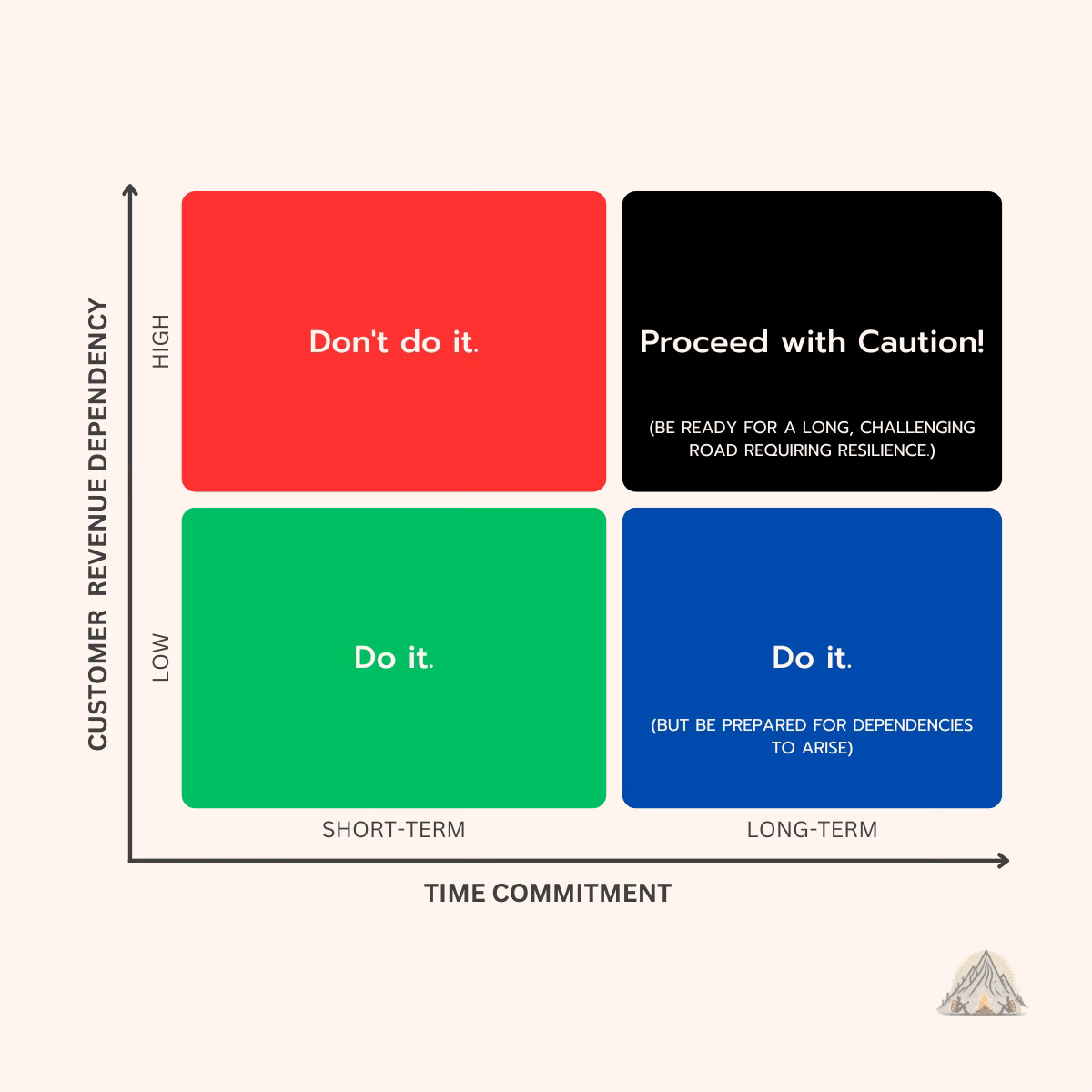How to Navigate the Money Maze and Build Products That Sell
After 2 years in the trenches of B2B SaaS, I've learned a hard truth: change is tough, especially when it costs money.
All B2B SaaS Founders out there, here are my learnings being a Founder of a SaaS company in one of the toughest markets and domains to sell.
With your flashy new software model promising efficiency and cost savings, many teams cling to the old ways.
Why? Why Software Teams Resist Change?
The answer often boils down to one word: money.
It's the Money Factor.
Transitioning to a new system isn't about buying licenses or subscriptions. It involves:
1. Training & Learning:
Teaching staff new skills takes time and resources. Learning new stuff while work is piling up on the other side, engineers have a choice to make, upgrade or survive? Only a fraction can afford it.
2. Downtime:
Switching systems often means pausing operations, which impacts revenue. The customer at the other end does not care of your issues, there are legal terms like SLAs to abide to. The cost of downtime is far reaching than what you see on the surface.
3. Integration:
Making new software work with existing tools can be complex and costly. A company can be having more 16 integrations to a tiny bit of software that offers security.
4. Risk:
There's always the chance things will go wrong, leading to even more expenses. The doubt and the fear is real. It cannot drive eradication on day one.
These factors add up to a significant financial burden. And for many companies, the short-term loss outweighs the potential long-term gain.
Some argue that sticking with outdated systems leads to inefficiencies that cost more in the long run. This might be true,but it's a gamble.
The future is uncertain, and present concerns often take priority.
Here's a harsh truth: your customers don't care about your tech stack. They care about results.
In my experience, and conversations with the customers, sunk cost fallacy is real.
The Customer Perspective is all about Results!
Whether you run on Kubernetes, mainframes, or carrier pigeons, their main concern is getting the product or service they paid for.
This isn't to say innovation is pointless. But it's a reminder that new technology should serve the customer, not the company's bottom line.
So, how do software teams navigate this dilemma?
It's a balancing act!
Companies need to:
- Assess: Check the potential benefits and risks of new systems.
- Plan: Create detailed transition plans to cut disruption and costs.
- Communicate: Explain to stakeholders the long-term value of the investment.
- Focus on the customer: Ensure any changes improve the user experience.
Innovation is crucial for growth, but it shouldn't come at the expense of financial stability or customer satisfaction.
What challenges have you faced in adopting new software?
Do you think the money factor is the biggest hurdle, or is there something else at play?
So if you are a new founder, how would you take this information to build a solution?
Always focus on creating value. That's the foundation of any successful software product. Once you have this internalized, go to the strategy.
The Value Proposition dilemma is real, don't overthink the value your product provides. If it doesn't solve a real problem or create value, customers won't pay, regardless of integrations or timelines.
There are two key factors to consider:
The nature of your software product:
Does it need extensive integrations with other systems?
Does it need to be compatible with various platforms?
Will it be a mission-critical tool affecting your customers' service level agreements (SLAs)?
Your time horizon:
Are you building for the short-term (less than 5 years)?
Or are you committed to the long-term (5 years or more)?
Let's, draw a 2x2 matrix in understanding how to go about it:
Definitions:
Short-term: Less than 5 years.
Long-term: More than 5 years.
No dependencies: Your product doesn't affect your customers revenue.
Full dependencies: Your product impacts your customers revenue. (e.g., downtime causes major disruptions).
How to interpret this and take a decision?
Short-term, low-dependency projects are generally easier to launch and manage. Go for it.
Short-term, high-dependency projects can be risky and challenging, requiring meticulous planning and execution. These are a futile. it's not a Zero sum game, but why even bother playing this game? Find a better idea please.
Long-term, low-dependency projects offer more flexibility and room for growth, but may still face unexpected challenges.
Long-term, high-dependency projects need significant commitment and a focus on building strong customer relationships. Check your Bank balance, leave Family expectations in the dust or clear them of your intentions, forget you have Friends, leave the hopes of getting funded, leave the thoughts of winning-losing-and everything in between and grind your way by constant customer interaction & feedback layered with Truth to keep your self focussed.
The key to success lies not in the latest tech stack, but in understanding the deep-rooted financial concerns of your customers.


